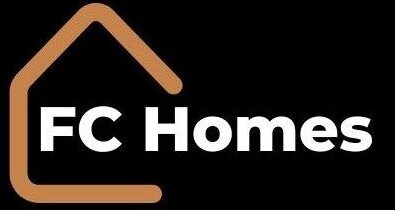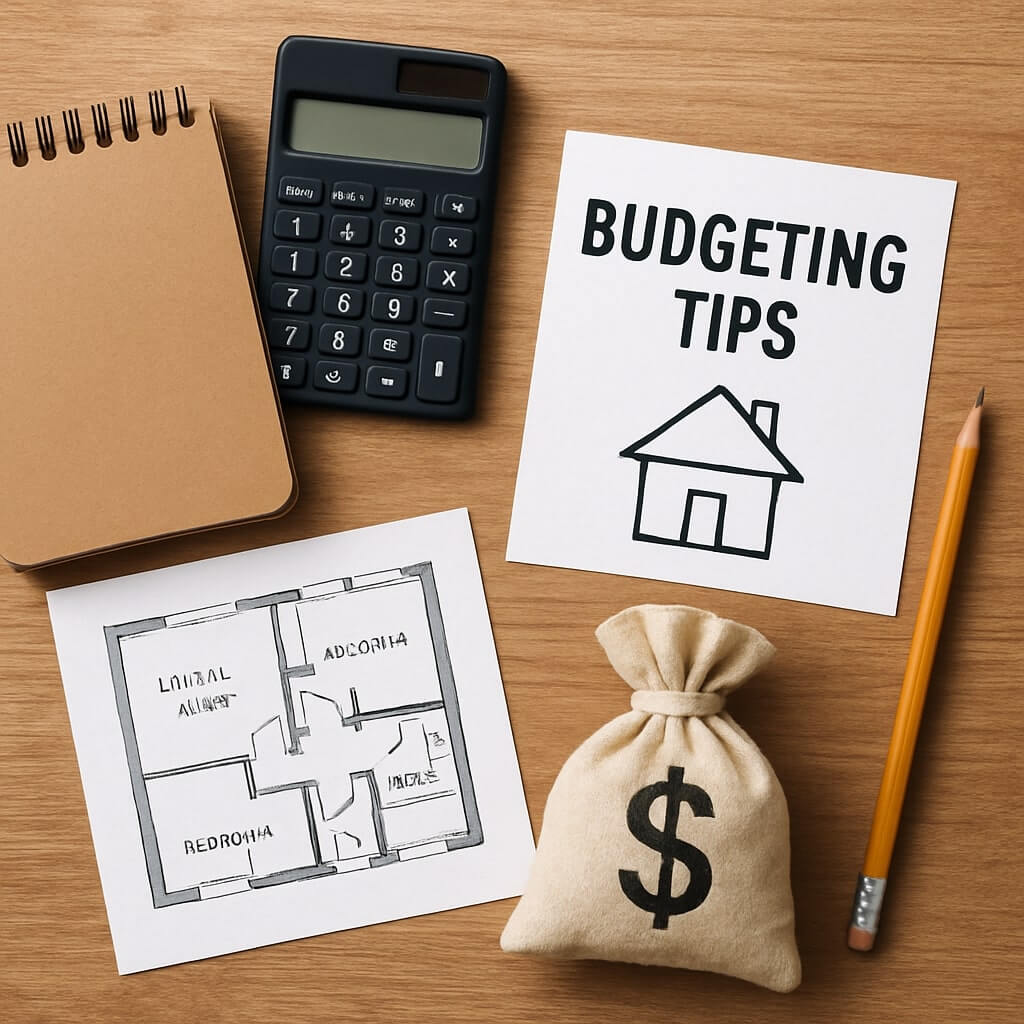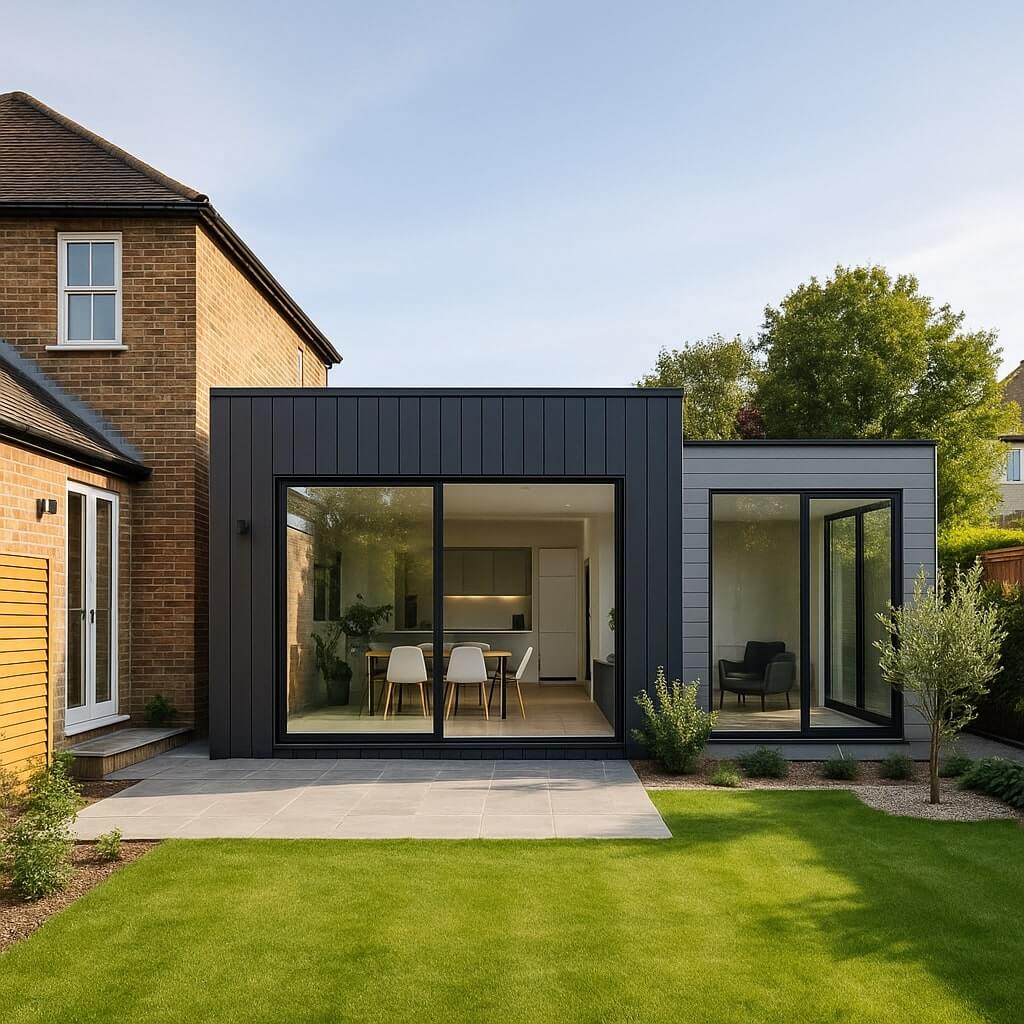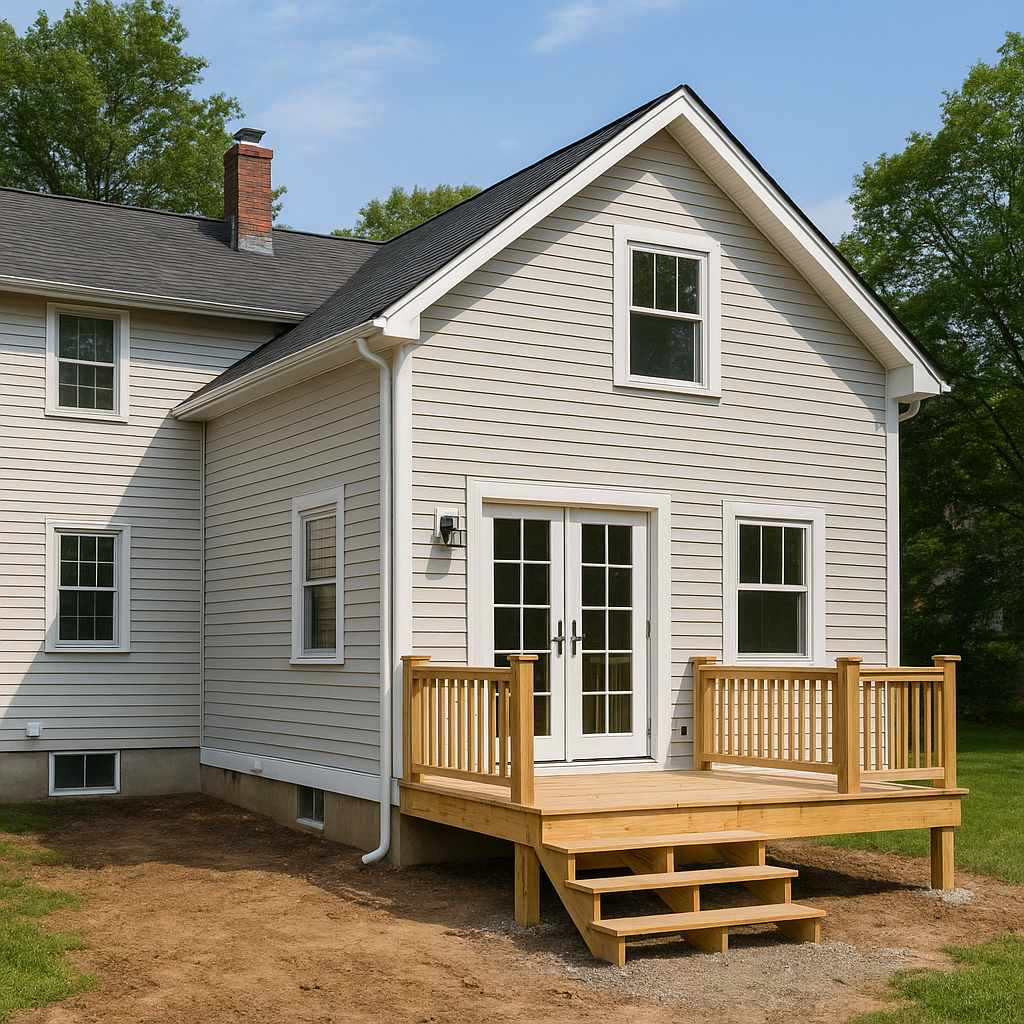When planning a home addition, managing costs per square foot is essential for staying on budget. By setting a realistic budget based on market rates and prioritizing your needs, you can allocate funds more effectively. Understanding material costs and hiring the right professionals further impacts your overall expenses. However, have you considered how unexpected expenses can derail your plans? Let’s explore effective budgeting strategies that will help you navigate these challenges.
Key Takeaways
- Conduct thorough market research to determine local costs per square foot for home additions.
- Set a realistic budget that includes material, labor, and permit expenses based on current market rates.
- Prioritize essential features over non-essential wants to keep costs manageable and within budget.
- Hire experienced professionals and obtain multiple quotes to ensure competitive pricing and quality work.
- Allocate a contingency fund of 10-20% to cover unexpected expenses during the addition project.
Set a Realistic Budget Based on Market Rates
When planning a home addition, it’s crucial to set a realistic budget based on current market rates, as this can greatly impact your project’s success.
Conducting thorough market research helps you understand the prevailing costs in your area. You’ll want to analyze the prices of materials, labor, and permits to create an accurate cost analysis.
Thorough market research is essential for understanding local costs and creating an accurate budget for your home addition.
Consider unexpected expenses, too, as they can arise during construction. By establishing a detailed budget rooted in factual data, you’ll minimize the risk of overspending and guarantee that your home addition aligns with your financial capabilities and goals.
Being informed is key to achieving your vision.
Prioritize Your Needs vs. Wants
Understanding the difference between needs and wants is essential for successful budgeting in your home addition project.
Begin with a needs assessment to identify what’s vital for your family’s comfort and functionality. This could include extra bedrooms or a larger kitchen.
Next, conduct a want evaluation to explore enhancements that would be nice but aren’t necessary, like high-end appliances or custom finishes.
By clearly prioritizing your needs over wants, you’ll allocate your budget more effectively, ensuring fundamental features are built first.
This approach helps avoid overspending on non-essential items that may not greatly improve your living experience.
Research and Compare Material Costs
As you commence on your home addition project, researching and comparing material costs can considerably influence your budget.
Start by evaluating various suppliers and their offerings. Look for a balance between material quality and price; sometimes, spending a bit more upfront can save you from costly repairs later.
Conduct a thorough cost analysis to identify the best deals without compromising on durability. Utilize online resources and local suppliers to gather information.
Hire the Right Professionals for the Job
Choosing the right professionals for your home addition project can greatly impact both the quality of work and your overall budget. A thoughtful contractor selection process guarantees you hire skilled individuals who understand your vision.
Consider the following tips:
- Schedule a design consultation to clarify your ideas and assess feasibility.
- Check references and past projects to evaluate their experience.
- Obtain multiple quotes to compare costs and services.
Investing time in finding the right team will lead to smoother execution and better results.
Taking the time to choose the right professionals ensures a seamless process and exceptional outcomes for your home addition.
Don’t underestimate the importance of expert guidance in achieving your home’s desired transformation.
Plan for Unexpected Expenses
While planning your home addition, it’s essential to budget for unexpected expenses that can arise during the project. These costs can derail your renovation timeline if you’re unprepared.
To mitigate this risk, set aside a contingency fund—typically 10-20% of your overall budget. This fund will help you handle unforeseen issues like structural repairs or permit delays without financial strain.
By anticipating these potential expenses, you can maintain control over your project and avoid stress.
Conclusion
By implementing these budgeting strategies for your home addition, you can effectively manage costs per square foot. Start with a realistic budget based on market rates and prioritize your essential needs over wants. Conduct thorough research on material costs and hire skilled professionals to guarantee quality work. Finally, don’t forget to set aside a contingency fund to handle any unexpected expenses. With careful planning, you can achieve your home addition goals without overspending.




